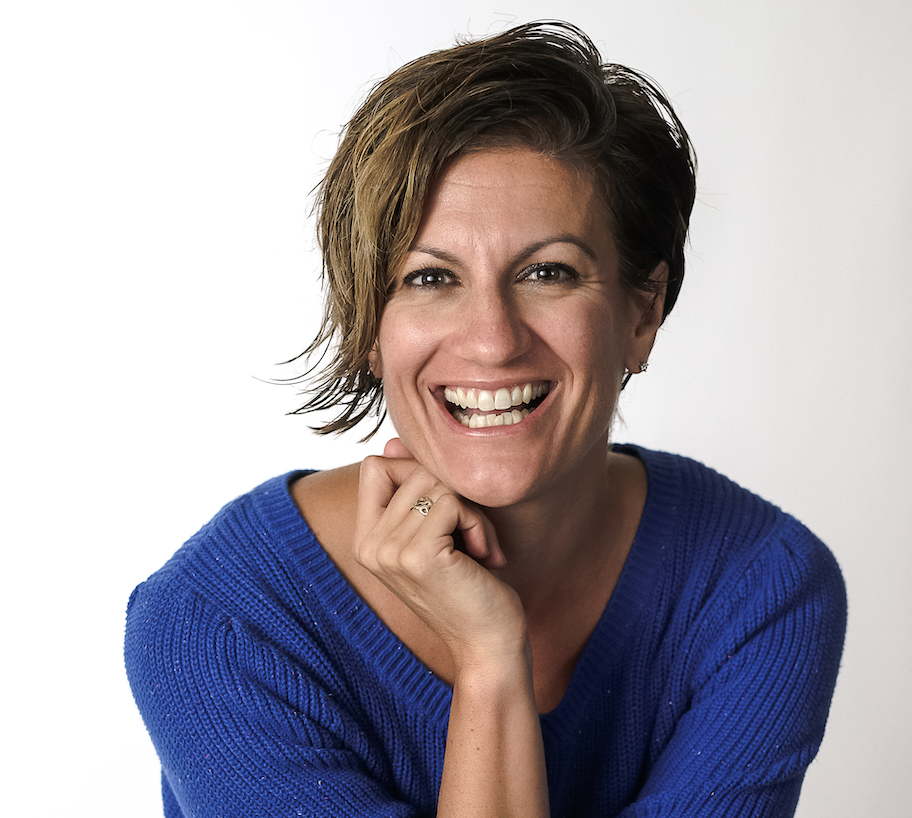Last spring I had the opportunity to observe students reading in the hallway. As I engaged in conversations with them, it became evident that they had choices in how they approached their reading tasks. They could opt to work independently or collaboratively and could read the text or listen to it being read aloud. Two girls huddled together, sharing a pair of headphones, listening to the audio version of a text. When I asked them about the purpose of their reading, they stared at me blankly. I probed further, inquiring if they were meant to answer specific text-based questions, activate background knowledge, or compare to another text. Their response was, "The teacher didn't say." When I walked into the classroom, I chatted with a couple of other students and got the same answer. This situation illustrates the well-intentioned use of flexible means, allowing students choices to personalize their learning, but flexible means alone does not create a universally designed learning environment. Universal Design for Learning (UDL) requires both firm goals and flexible means. Without firm goals, students may not fully grasp the purpose of the options we design, making it challenging for them to become agents of their own learning and master academic standards.
Establishing Firm Goals
All instructional design should start with firm goals. These goals can be grounded in various sources, such as grade-level state standards, IB or AP requirements, or objectives aligned with transferable skills or outcomes articulated in a Portrait of a Learner. Regardless of the source, our learning goals must serve as the foundation for crafting meaningful learning experiences. Broadly speaking, there are two primary types of goals: content and method.
Content standards are those that show a student has attained knowledge. For example, your student may need to know what photosynthesis is and how it works, know what started the Civil War, or be able to explain how characters interact over the course of a text.
Method standards, on the other hand, demonstrate that a student has learned how to do something and has attained a skill. These standards are action-oriented: your students may need to know how to divide with decimal points, conjugate irregular verbs, conduct a series of steps for a scientific experiment, or write a response to a primary source document. (Novak, UDL Now!, 3rd Edition, 2022)
Content standards often require students to explain, understand, compare and contrast, identify, and summarize. Method standards articulate specific outcomes such as writing, solving, graphing, and discussing. To determine the appropriate level of flexibility in UDL, it's critical to determine if your lesson's outcomes align with content standards, method standards, or both. When we articulate firm goals, it helps in identifying potential barriers to learning and enables us to design flexible options, materials, and assessments that are construct relevant, or aligned with the goal.
In the UDL Framework, we focus on identifying barriers in the design of the lesson, not in the students. As teachers, we all know that students may encounter difficulties when lessons are inaccessible, but they themselves are not the barriers. Sometimes, you may be tempted to think that goals are too challenging for students. In such cases, it's more constructive to think about the scaffolds, supports, and experiences that would enable students to access the lesson with their peers.
In UDL Now!, I put it this way: “Learning from a grade-level-appropriate curriculum is not a privilege. It’s a right for all students. Whether they seem prepared is irrelevant. It is our job as teachers to fill in the gaps for the students so they can have a challenging course of study with academic rigor”.
Designing Flexible Means
"Flexible Means" refers to the options and choices we design and offer to our students as they work toward achieving our well-defined goals. When you begin the lesson design process by reviewing your standards, it's a good practice to start by developing assessments that are essential for gauging the progress required to reach these goals (UbD for the win!)
Let's take an elementary mathematics standard as an example and unpack it: "Given a two-digit number, mentally find 10 more or 10 less than the number, without having to count, explain the reasoning used." To effectively plan, consider the ultimate goal you want your students to attain. Ask yourself, "By the end of this lesson or unit, what should my students know or be able to do?" Generate a list of all possible ways (or means!) through which a student could potentially demonstrate that they've met this standard.
Importantly, don't constrict the means by which they achieve the goal; if the goal is to "explain," it doesn't necessarily mean that all students must provide written explanations. They could also articulate their understanding through speech, visual aids, video presentations, or writing.
In this example, “explain” is the target, but if you were working on a writing standard, some of those same options would not be construct-relevant, as you can’t show your skill in writing if you only give an oral presentation. Remember, “firm goals, flexible means.”
Dr. David Rose, the founder of Universal Design for Learning, put it this way:
Partly because we have functioned for so many years with inflexible learning environments, we tend to think narrowly about goals and the ways they can be attained. When goals are too closely linked to means, some students are inadvertently excluded from working towards those goals while others are not offered an appropriate level of challenge. To engage students and enable them to evaluate their own progress, we need to express learning goals in a flexible way, offer optional paths for achieving the goals, convey criteria for success, and allow students to help determine goals. (Universal Design for Learning, 2014)
“Firm goals and flexible means” is all about setting standards and high expectations for all students and designing flexible options in how they work toward those goals in construct relevant ways.
Embracing UDL in your classroom can be a transformative journey for both teachers and students alike. Establishing firm goals rooted in educational standards and fostering a growth mindset ensures that every student has the opportunity to succeed. Remember, learning is not a one-size-fits-all endeavor. Offering flexible means empowers students to learn and demonstrate their understanding and skills in ways that resonate with them personally while they work toward the same firm goals.
Additional Resources
- Listen to this episode from The Education Table Podcast where I share how to increase student engagement with firm goals & teacher clarity
- Read UDL Now! A Teacher’s Guide to Applying Universal Design for Learning in Today’s Classroom, 3rd Edition by Katie Novak, EdD
- Evaluate the effectiveness of UDL in the classroom (resource tool)
- Discover how to implement UDL in your classroom; explore our courses to find the best fit for you



